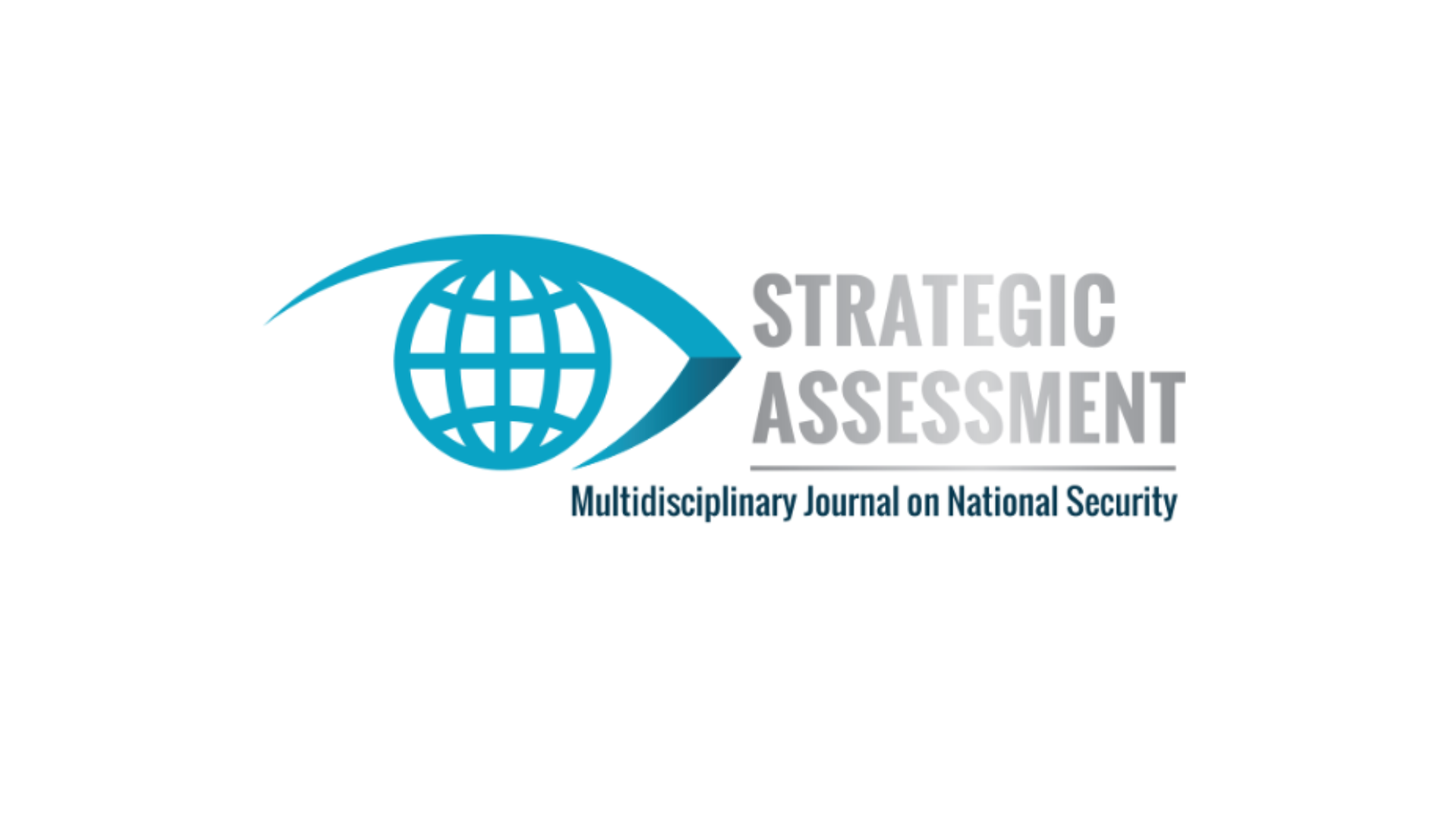Strategic Assessment

One of the most interesting aspects of the US National Intelligence Estimate (NIE) on Iran’s nuclear ntentions and capabilities, released on December 3, 2007, is that for all the fanfare, it hasn’t changed anyone’s mind regarding the seriousness of the threat – at least among those knowledgeable about the issue. Among the five permanent members of the UN Security Council and Germany, the tendencies and positions of the weeks before the NIE are basically the same as in the weeks following its release: those who viewed Iran with concern continue to do so, and the same is true for those less concerned. Among the Arab Gulf states and in Egypt, attempts in recent weeks to adopt a somewhat more conciliatory position toward Iran should not be misunderstood as indicating a changed position on the seriousness of the threat. On the contrary, these moves – including the Saudi invitation to Ahmadinejad to take part in the Hajj – are more likely a reflection of their fear that international pressure on Iran may now let up, leaving them even more vulnerable to an increasingly powerful presence in their regional arena, than any sense that the danger of a nuclear Iran has passed in light of the new assessment.


